What going to school was like in the ’50s
Ah, the 1950s—a decade often romanticized for its simpler times and iconic cultural shifts. When it came to school days, children of the era were part of a unique educational experience that shaped generations.
From the clatter of typewriters to the charm of one-room schoolhouses, the 1950s school scene offers a nostalgic glimpse into a world where life moved at a slower pace but was full of its own excitement. Let’s take a journey back in time to explore school life in this fascinating decade.
The School Bell Rings: A Typical Day in a 1950s Classroom
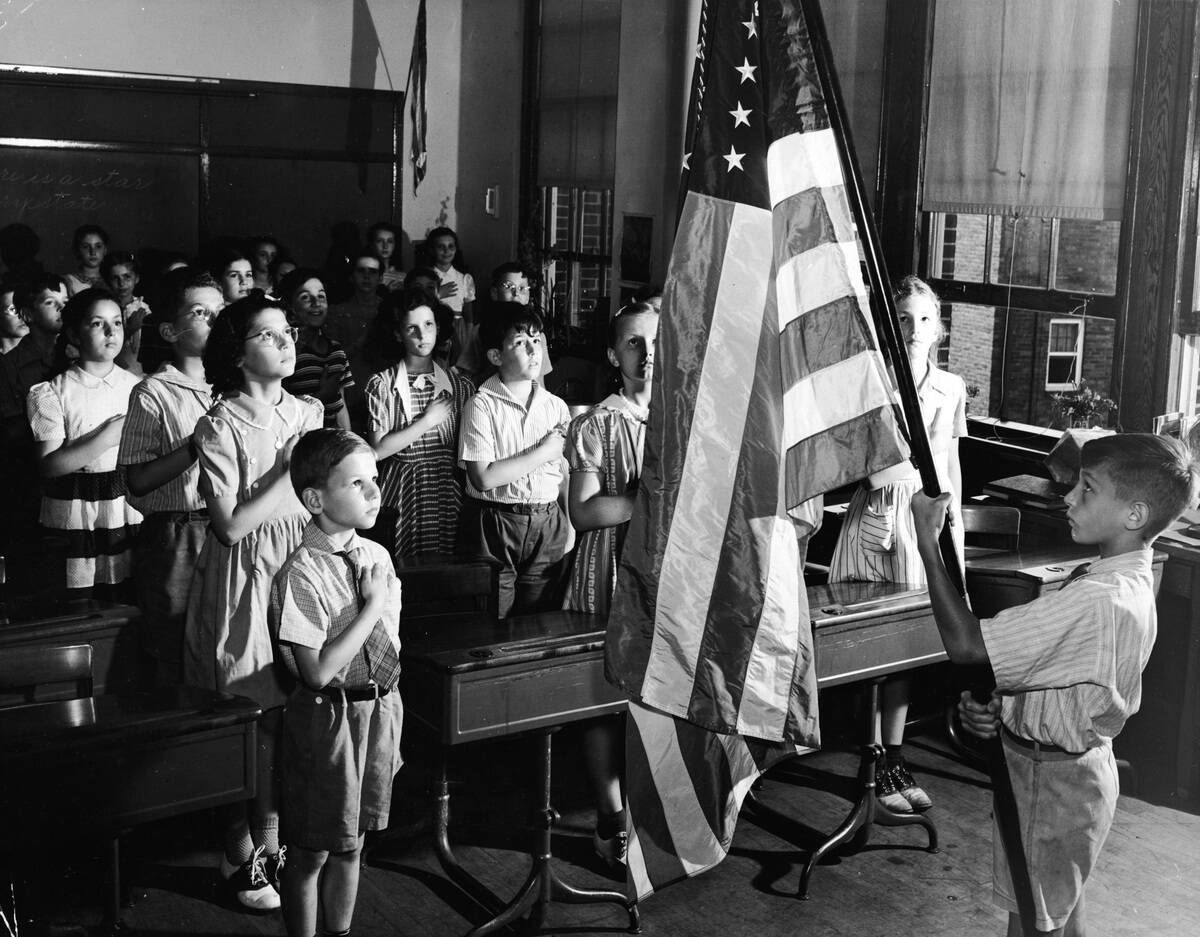
The day often began with the shrill ring of a bell, signaling students to line up for the Pledge of Allegiance. In classrooms, desks were arranged in neat rows, and chalkboards were the focal point of the room.
Lessons were typically teacher-centered, with students listening attentively to lectures on subjects like history and science. The atmosphere was formal yet vibrant, with the occasional hum of a film projector introducing students to new worlds and ideas.
Dress Code Decoded: What Kids Wore to School
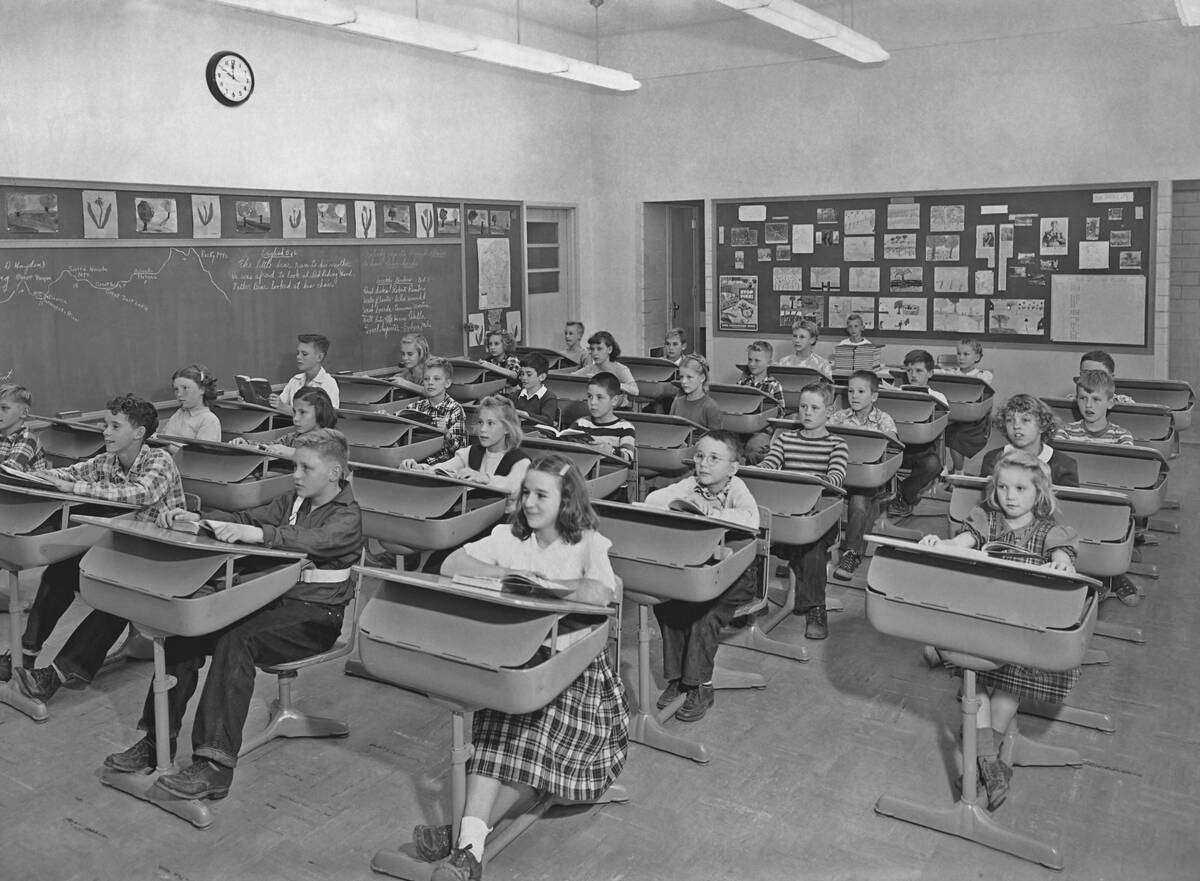
Fashion in the 1950s was all about neatness and modesty. Boys commonly wore collared shirts and slacks, while girls donned dresses or skirts, often adorned with bows and ribbons.
Saddle shoes were the footwear of choice for many, contributing to the polished look that was standard for school children of the day. The emphasis on a tidy appearance reflected the societal values of discipline and respectability prevalent during this time.
Reading, Writing, and Arithmetic: The Core Subjects of the ’50s
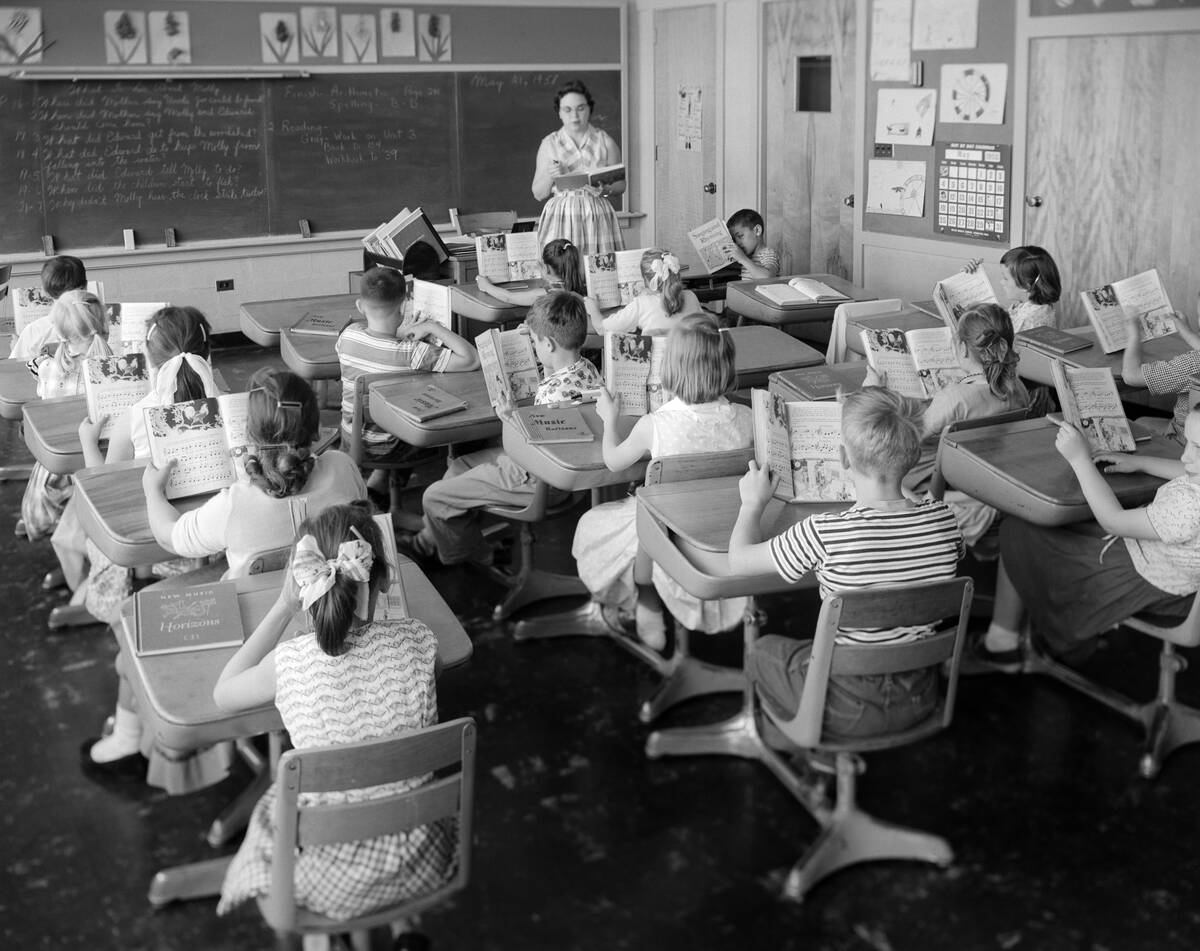
In the 1950s, the core curriculum was heavily focused on the three R’s: reading, writing, and arithmetic. Phonics was a key method used to teach reading, and penmanship was rigorously practiced as an essential skill.
Math lessons often involved rote memorization of multiplication tables, and teachers employed blackboards for visual demonstrations. These foundational subjects were considered crucial for developing the necessary skills for future success.
The Role of Teachers: Authority Figures and Mentors
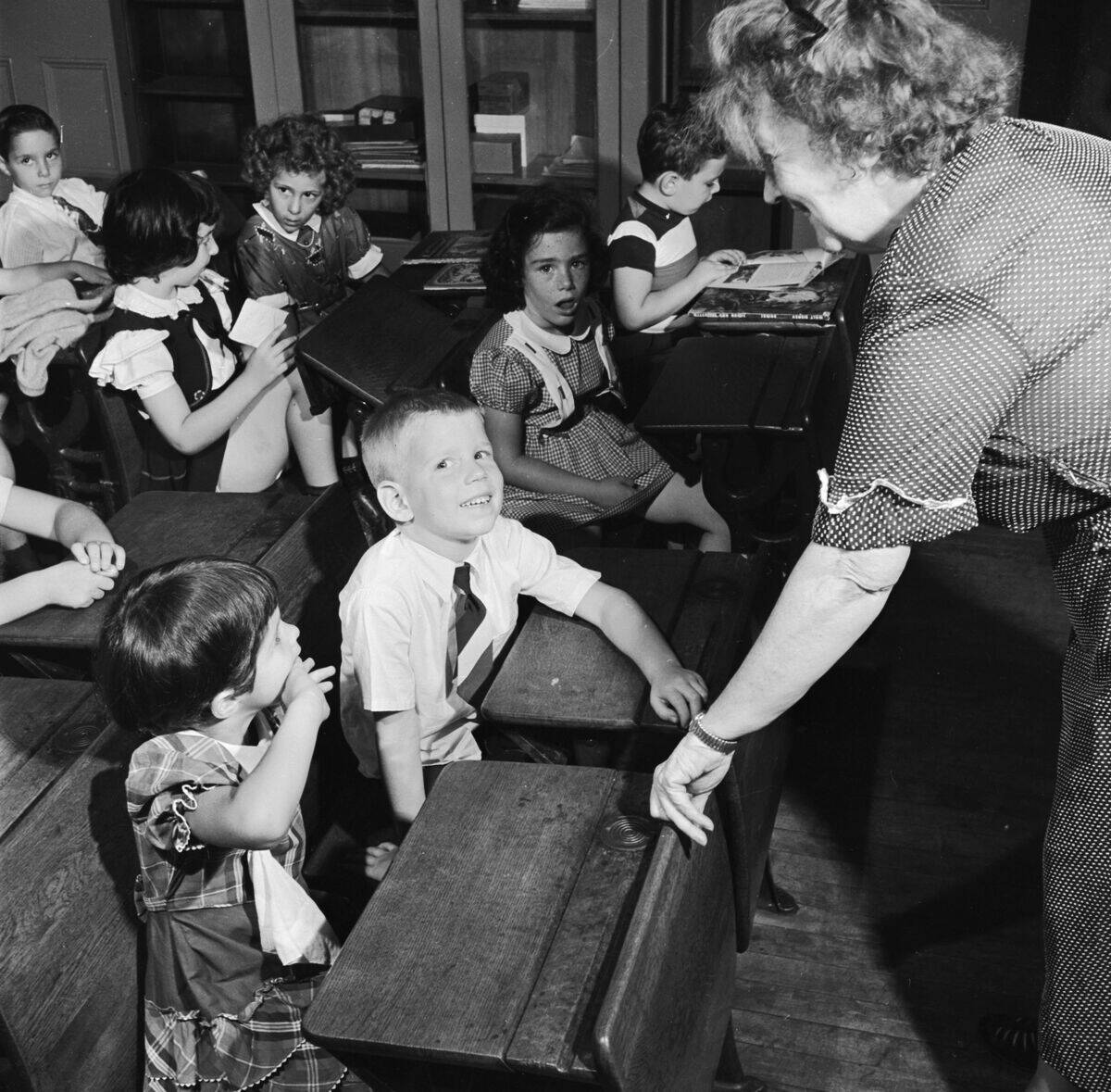
Teachers in the 1950s were seen as authority figures who commanded respect and held a significant influence over their students. They often took on the roles of both educators and mentors, guiding children not just academically, but also morally.
With strict classroom management, they maintained order and discipline, yet many students fondly recall their teachers as supportive figures who inspired a love for learning and curiosity about the world.
School Supplies: From Inkwells to Slide Rules
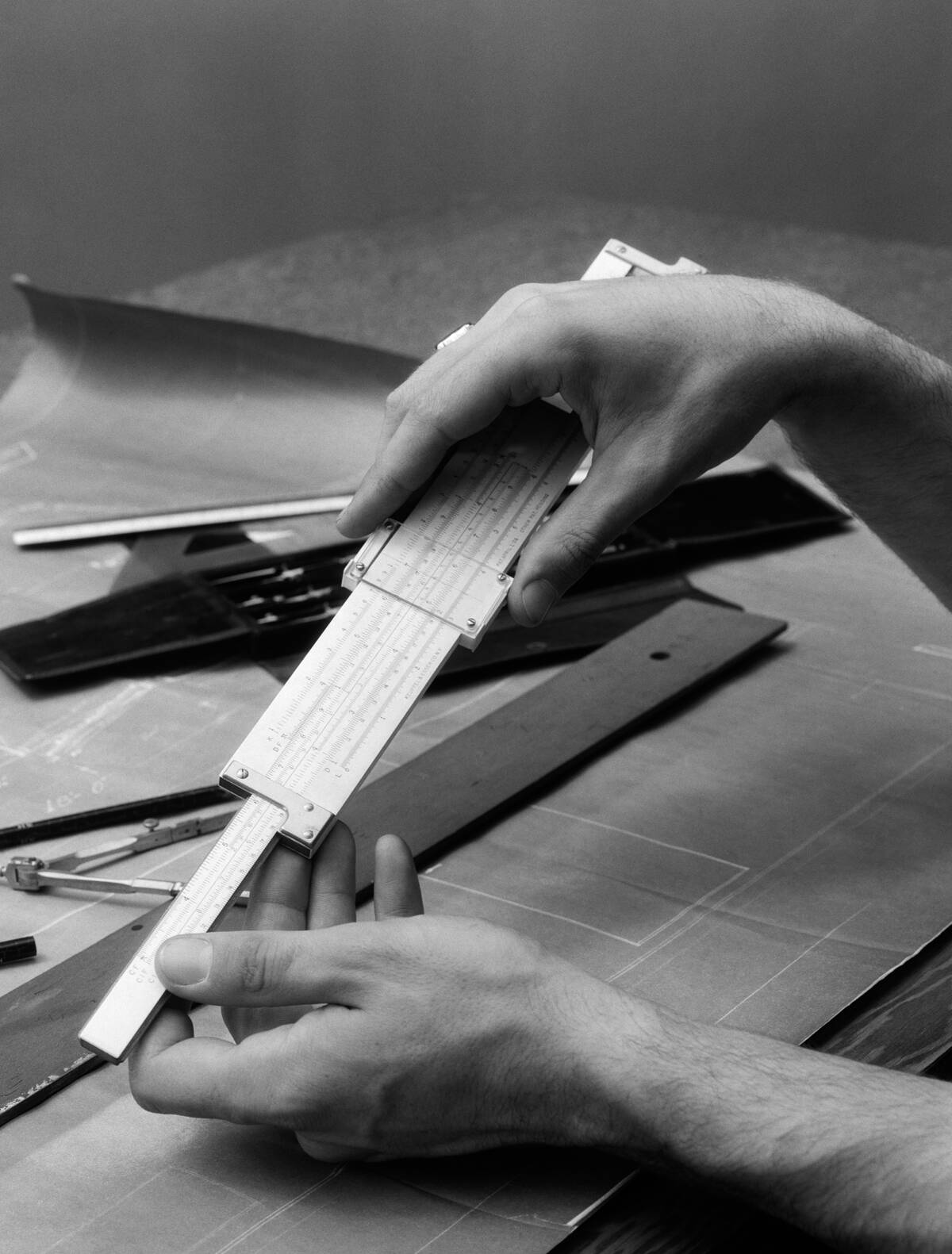
Before the digital age, school supplies in the 1950s were delightfully analog. Students often used inkwells and fountain pens, adding a personal touch to their handwritten assignments.
Slide rules were the go-to tool for solving complex math problems, long before calculators became commonplace. These items, along with notebooks and textbooks, filled the sturdy book bags carried by students, embodying the tactile and straightforward nature of 1950s education.
Recess Time: Playground Games and Activities
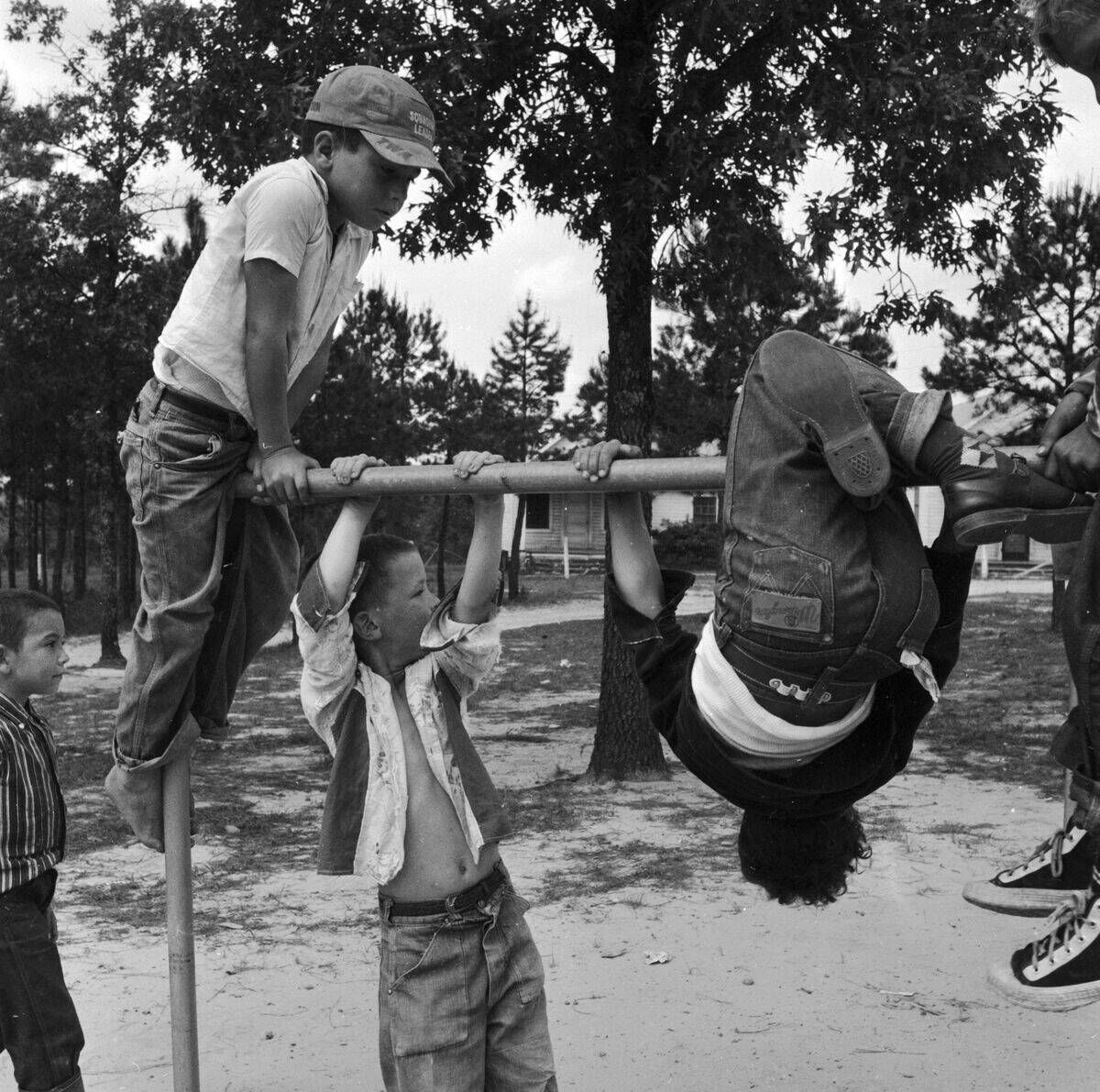
Recess was a cherished break in the school day, where children could let loose and enjoy the outdoors. Classic games like hopscotch, jump rope, and marbles were popular among kids.
The playground was a hub of activity, with swings, slides, and seesaws providing endless entertainment. These simple yet engaging activities fostered physical fitness and camaraderie among students, offering a joyful respite from the structured classroom environment.
Packed Lunches: Popular Snacks and Sandwiches
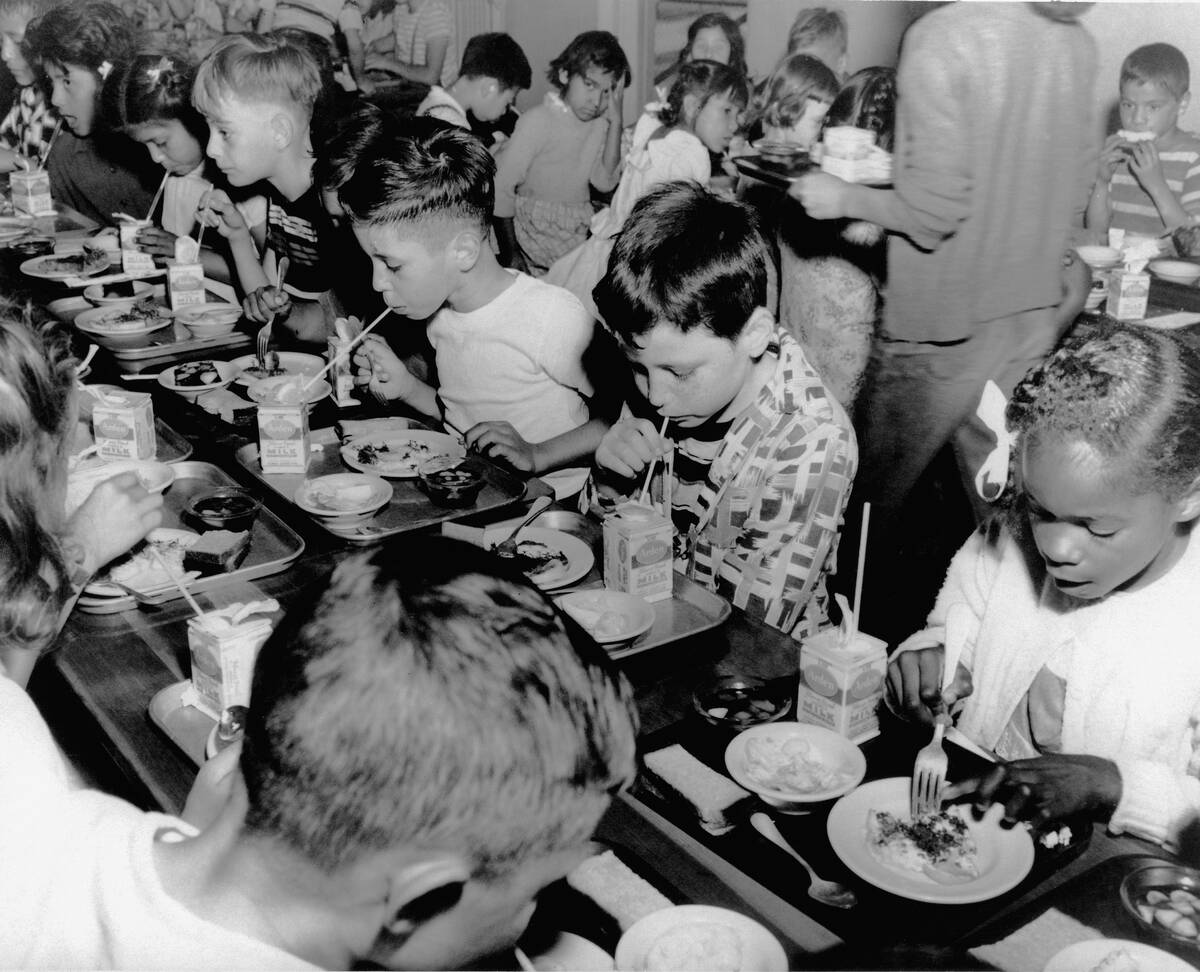
Lunchtime in the 1950s was a blend of simplicity and taste, with homemade packed lunches being the norm. Peanut butter and jelly sandwiches were a staple, often accompanied by a piece of fruit and a cookie.
Thermoses filled with milk or juice kept drinks cool, while snacks like carrot sticks and hard-boiled eggs added variety. The carefully prepared lunches reflected a time when homemade was synonymous with wholesome and nutritious eating.
Discipline and Respect: Classroom Etiquette in the ’50s
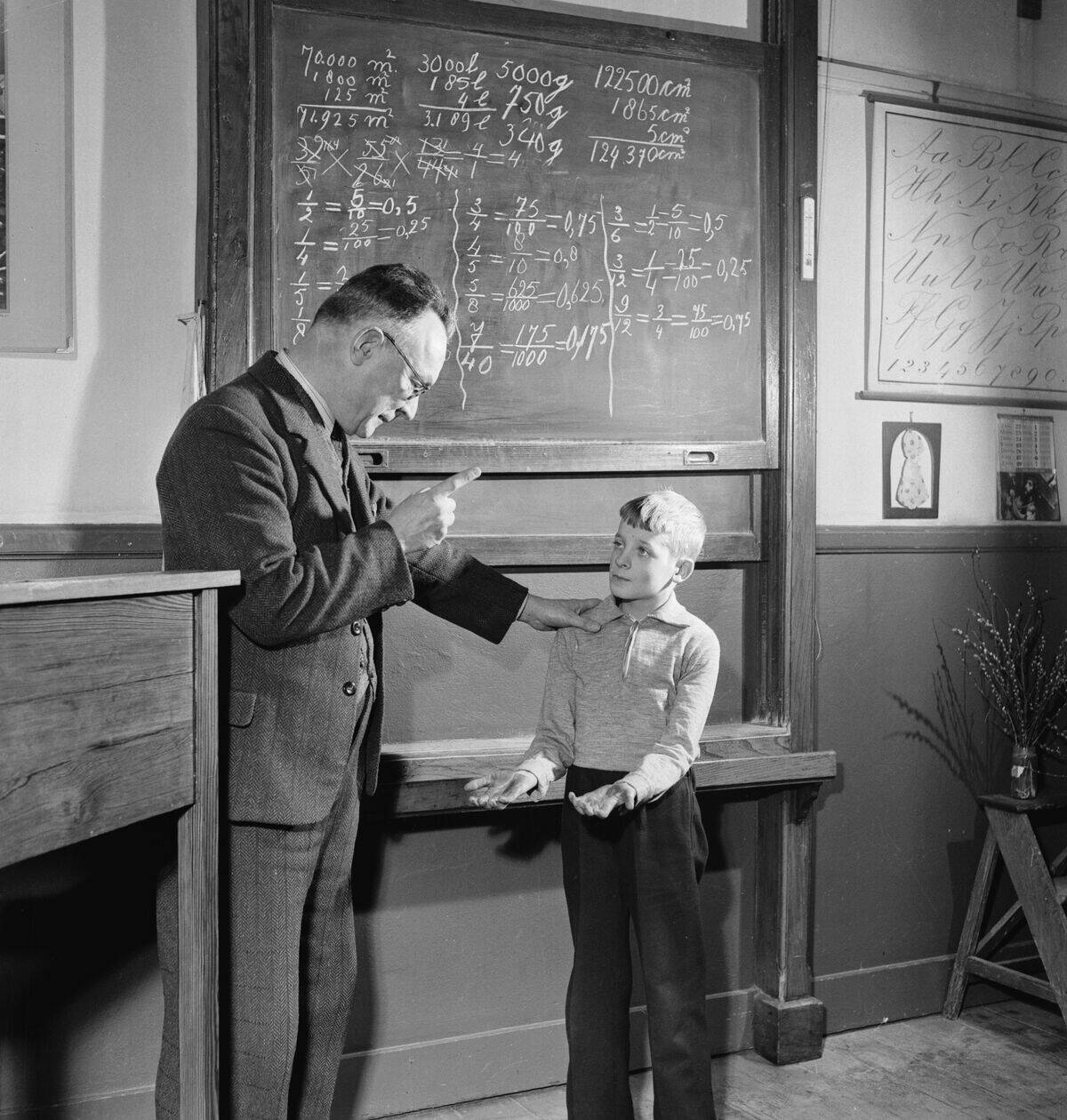
Discipline was a cornerstone of 1950s classroom etiquette, with strict rules governing student behavior. Respect for authority was emphasized, and students were expected to address teachers formally.
Talking out of turn or misbehavior was met with consequences, ranging from writing lines to detention. This structured approach aimed to instill a sense of responsibility and order, preparing students for the expectations of adult life in a rapidly changing world.
School Transportation: Walking, Biking, and the Iconic Yellow Bus
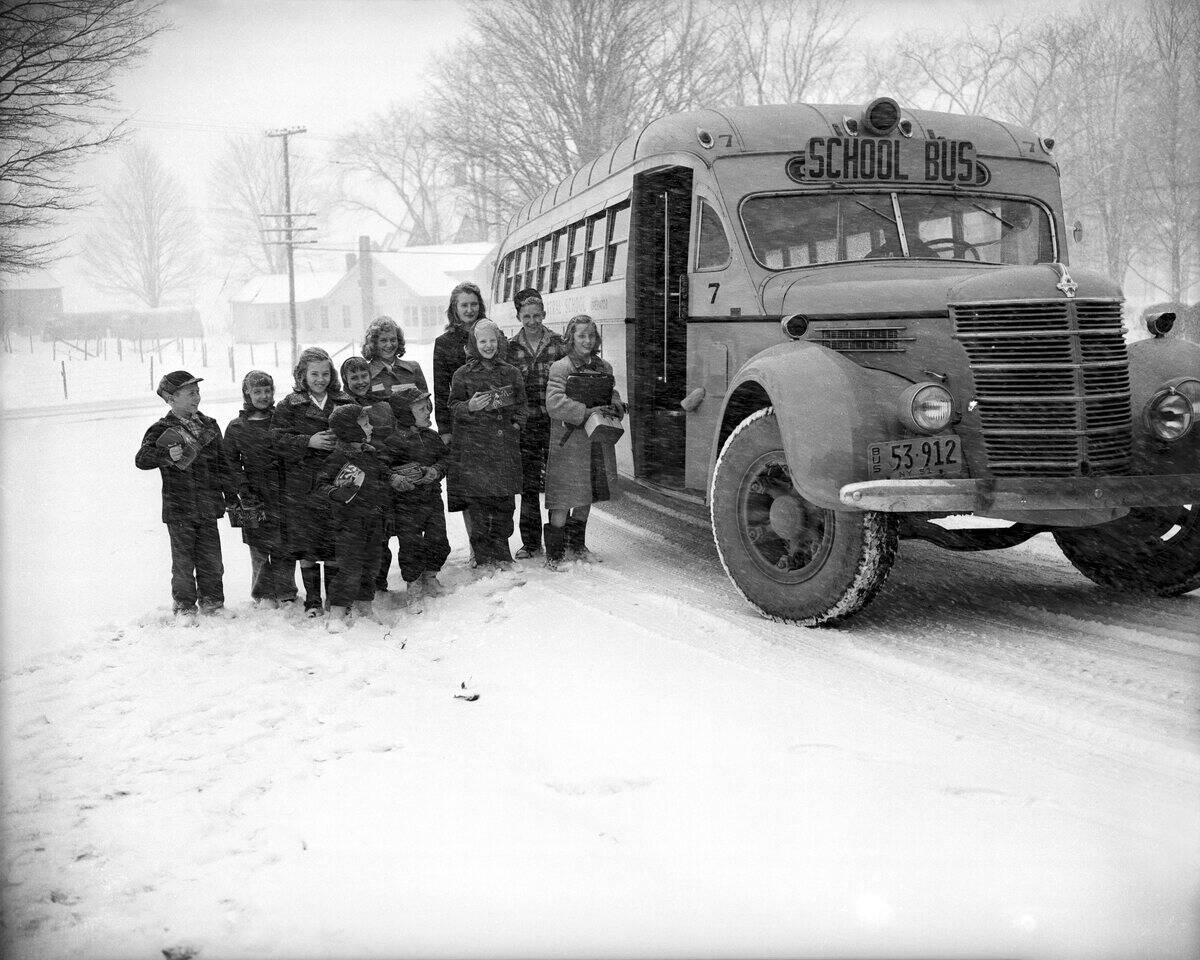
Getting to school in the 1950s often involved walking or biking, with many children living within a reasonable distance from their schools. For those further afield, the iconic yellow school bus became a familiar sight.
These buses, with their distinct color and design, symbolized the daily journey to and from school. The mode of transportation not only provided convenience but also became a space for social interaction among students.
Extracurricular Activities: Clubs and Sports of the Era
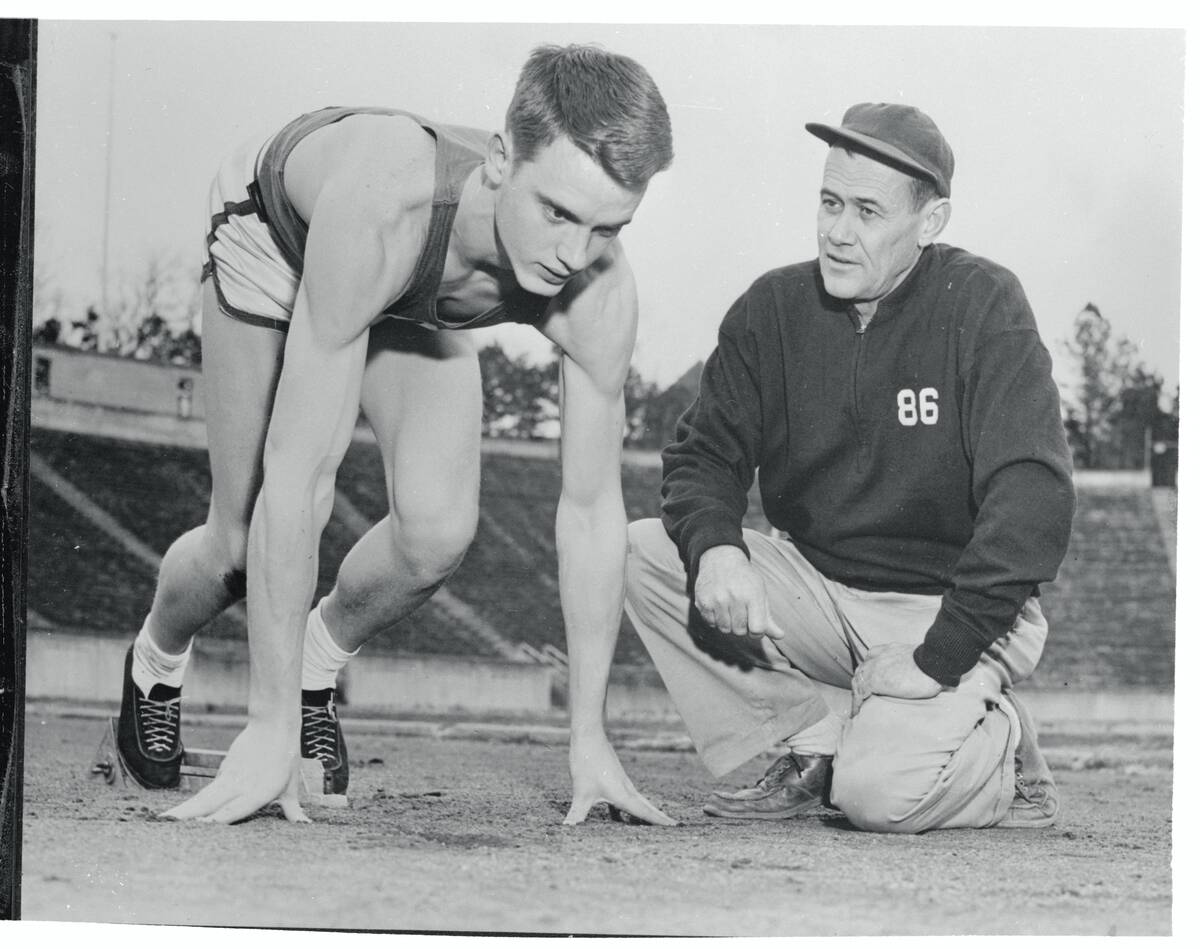
Extracurricular activities added excitement to the school experience, with clubs and sports offering students a chance to explore interests and talents. Popular clubs included glee clubs, drama groups, and science clubs, which nurtured creativity and teamwork.
School sports like baseball, basketball, and track and field provided an outlet for physical prowess and school spirit. These activities were integral in fostering a well-rounded education, promoting both personal growth and community involvement.
The Influence of the Cold War: Duck and Cover Drills
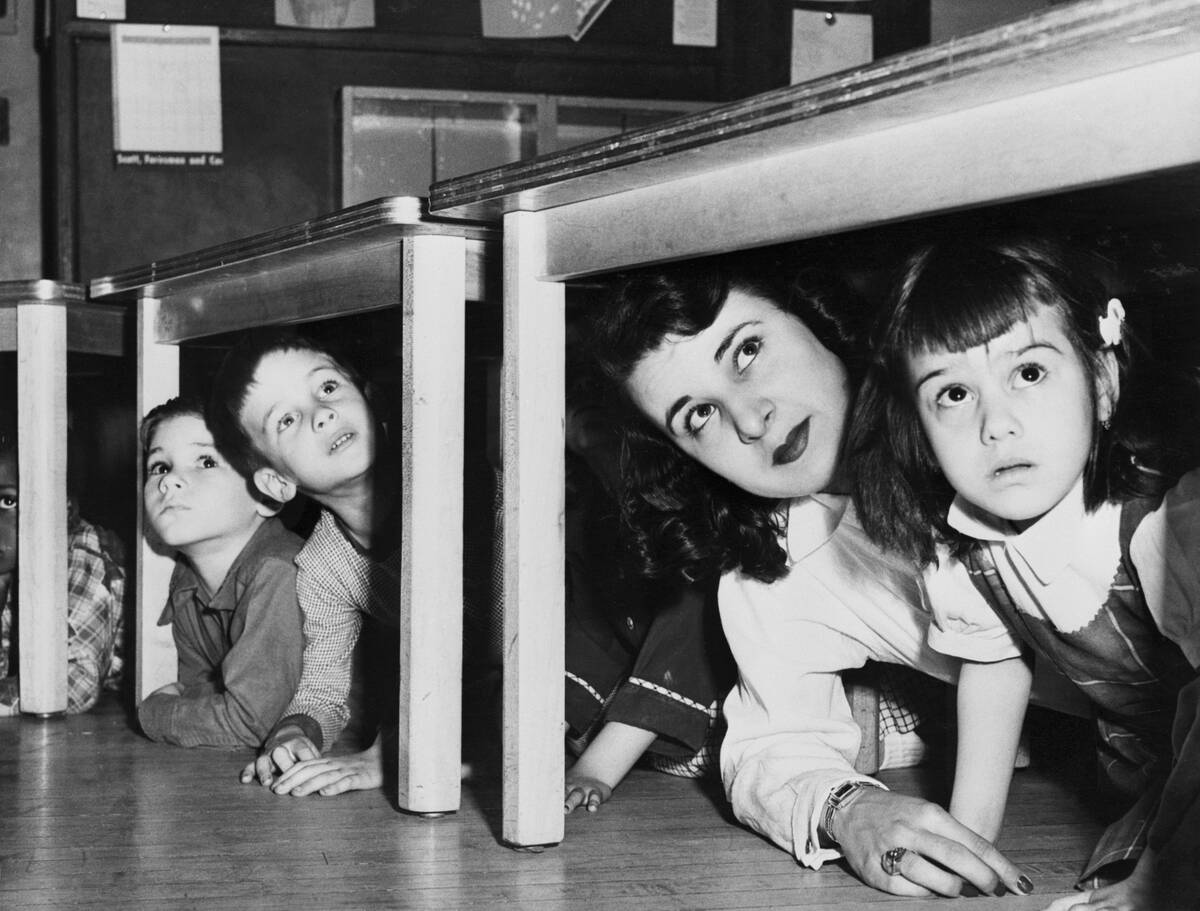
The Cold War era brought unique challenges to school life, with ‘duck and cover’ drills becoming routine. These drills, designed to prepare students for a potential nuclear attack, involved practicing crouching under desks or against walls.
Although the effectiveness of these drills is easier to see for the placebo it was in retrospect, they highlighted the anxiety and uncertainty of the times. Despite this, schools endeavored to maintain a sense of normalcy, balancing safety protocols with everyday learning.
Segregation and Integration: A Changing Educational Landscape
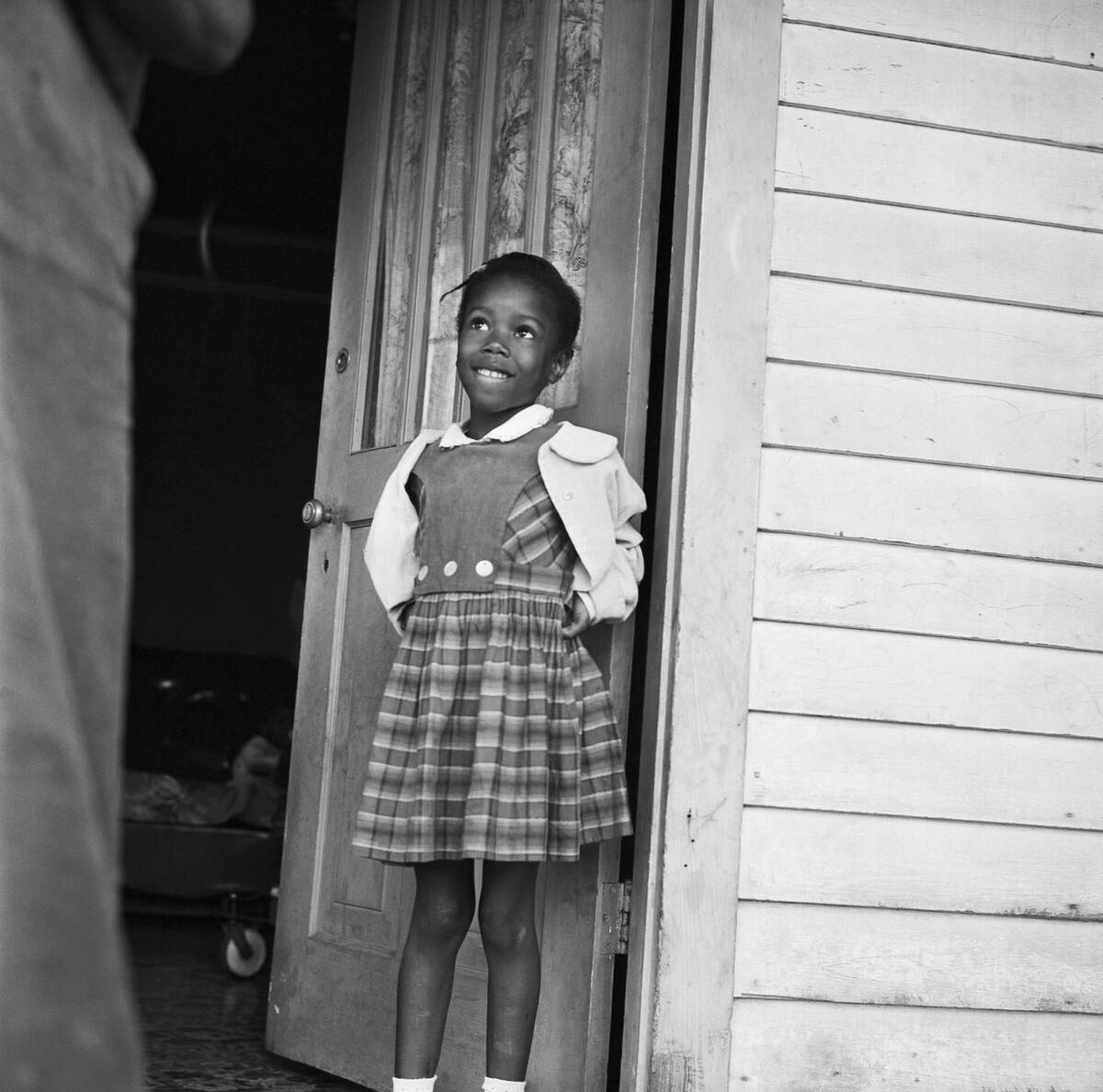
The 1950s was a pivotal decade for education, marked by the struggle for desegregation. The landmark Supreme Court case Brown v. Board of Education in 1954 declared segregated schools unconstitutional, paving the way for integration.
This transition was met with resistance and challenges, but it also set the stage for a more inclusive educational system. The era’s events underscored a significant societal shift towards equality and justice in education.
Popular Culture in Schools: Sock Hops and Poodle Skirts
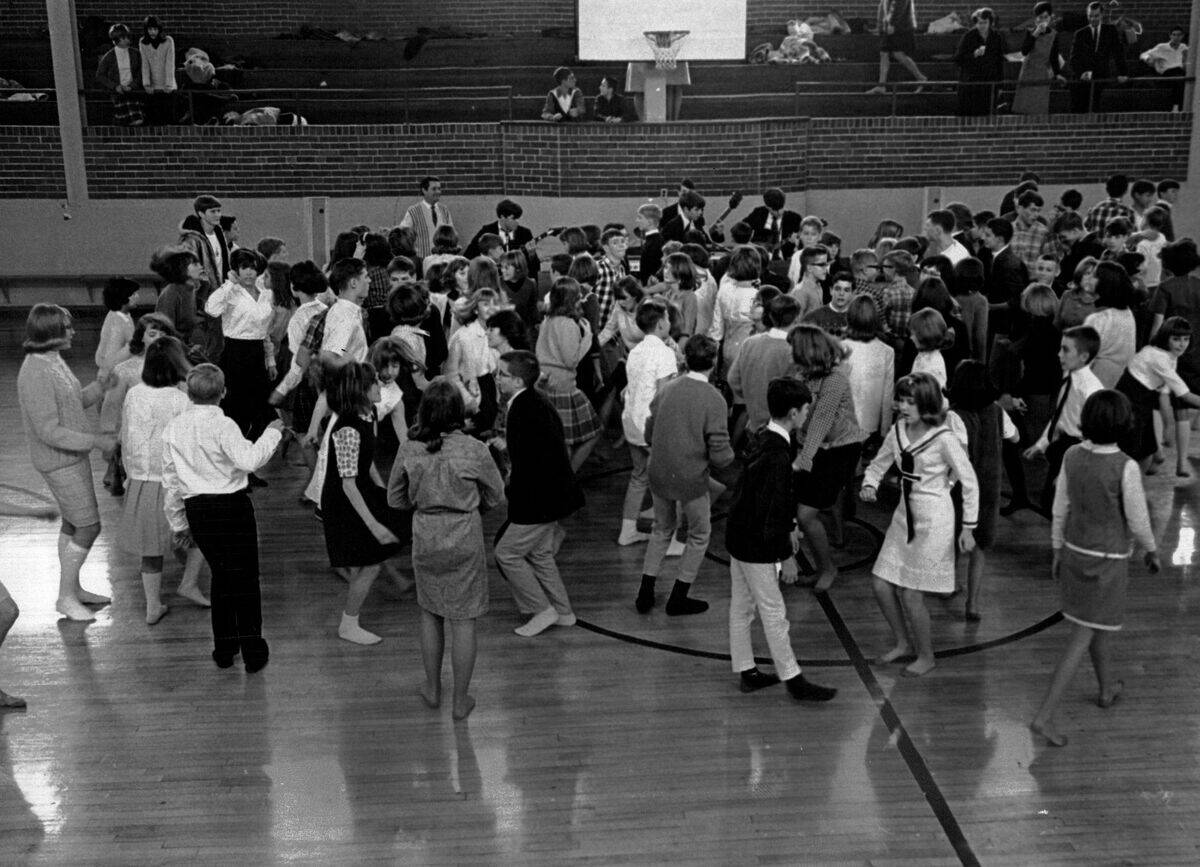
Popular culture of the 1950s seeped into school life, with sock hops and dances being much-anticipated events. These social gatherings featured lively music from jukeboxes and the latest dance moves, providing an outlet for youthful expression and fun.
Poodle skirts and bobby socks were all the rage among girls, while boys sported leather jackets and slicked-back hair. Such events reflected the vibrant spirit of the decade and the influence of rock ‘n’ roll on youth culture.
The Role of Parents: PTA Meetings and Parental Involvement
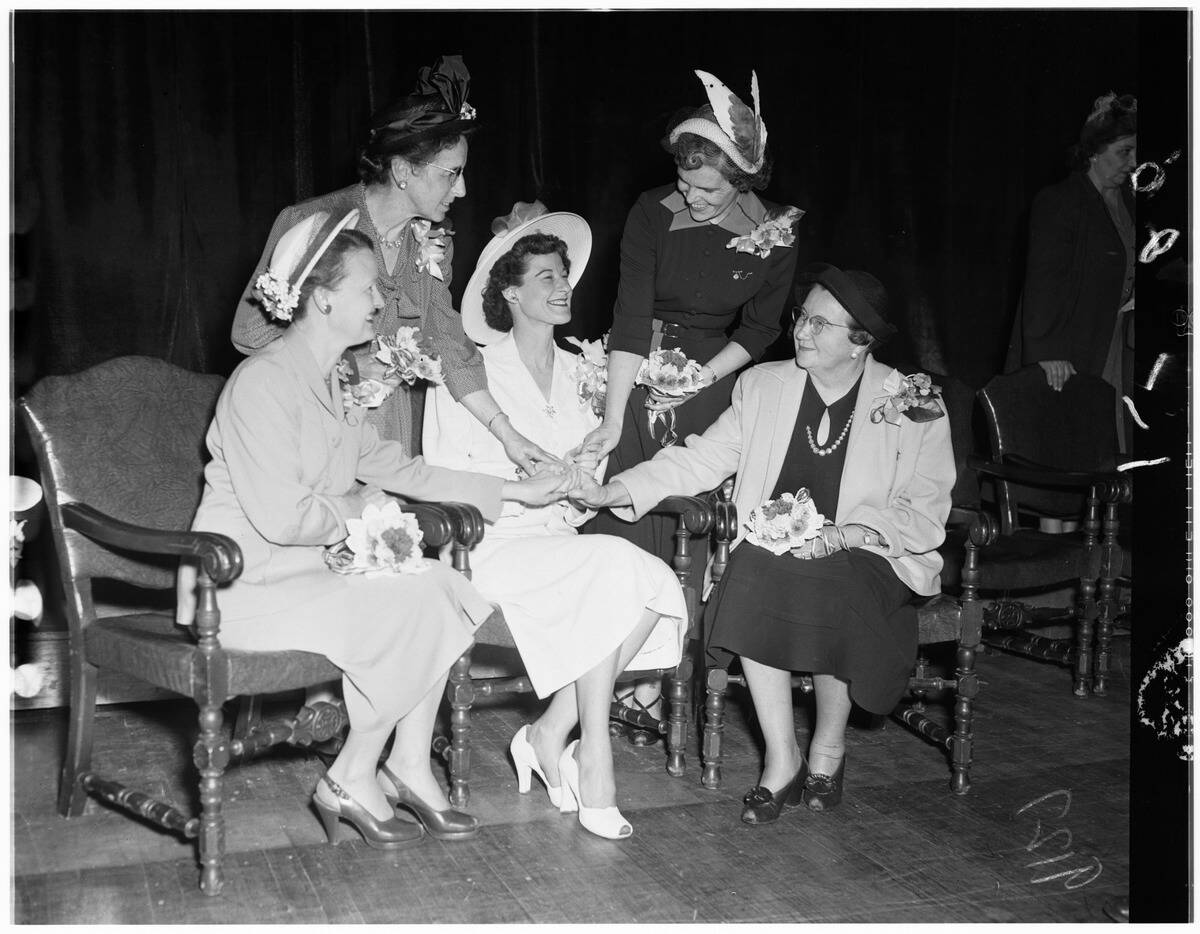
Parent involvement was a key aspect of education in the 1950s, with PTA meetings serving as a bridge between schools and families. These gatherings allowed parents to discuss educational policies, plan events, and support school initiatives.
Parents were often active participants in their children’s education, volunteering for activities and attending school functions. This partnership between parents and schools was seen as vital for fostering a supportive and thriving educational environment.
Graduation Day: Traditions and Ceremonies of the 1950s
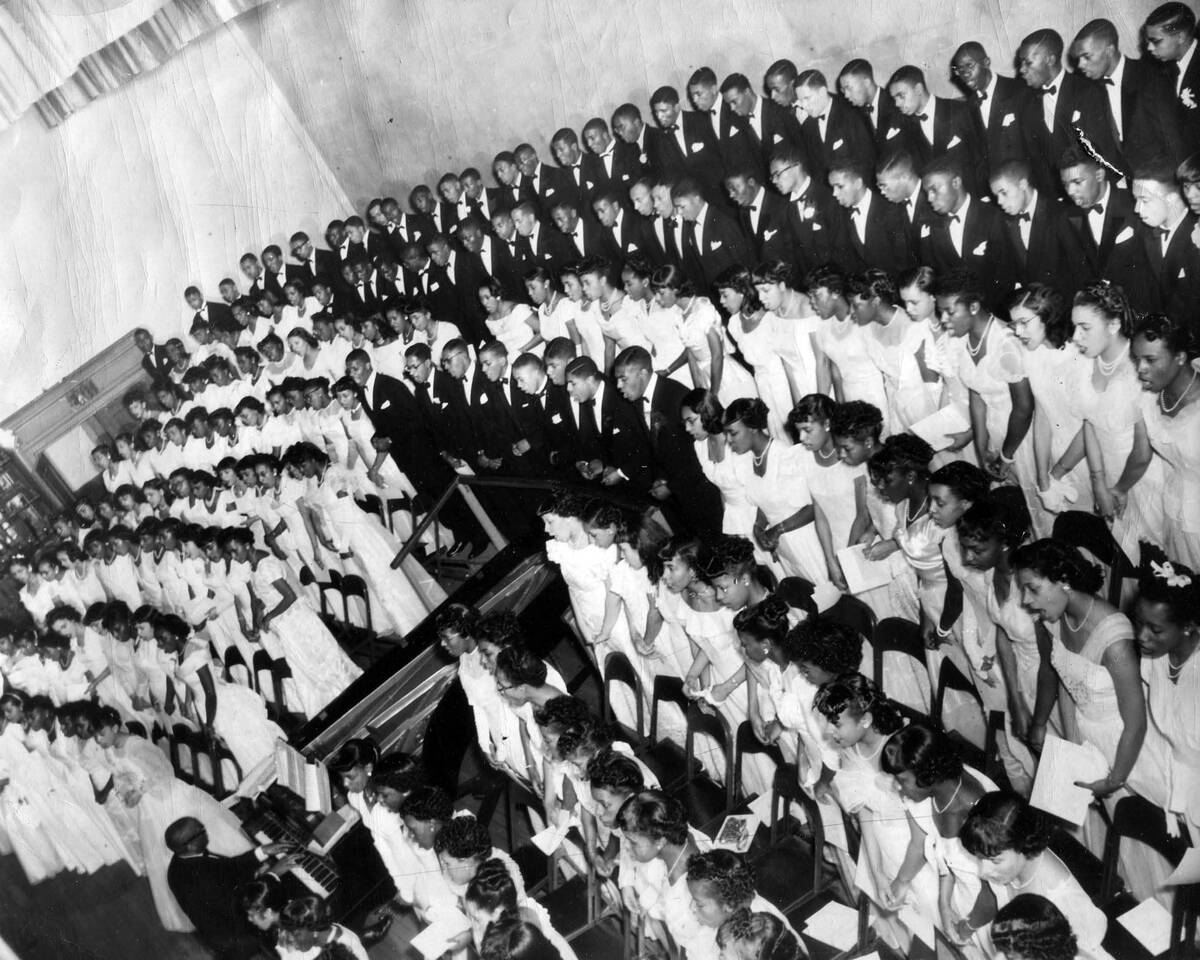
Graduation day in the 1950s was a momentous occasion, filled with tradition and ceremony. Students wore caps and gowns, and the event was marked by speeches, awards, and the presentation of diplomas.
It was a time of celebration, signifying the culmination of years of hard work and the transition to the next phase of life. Families gathered to honor their graduates, capturing memories with photographs and sharing in the pride of academic achievement.



